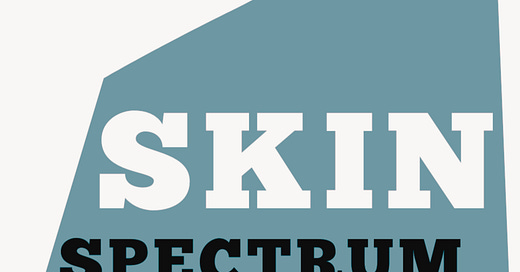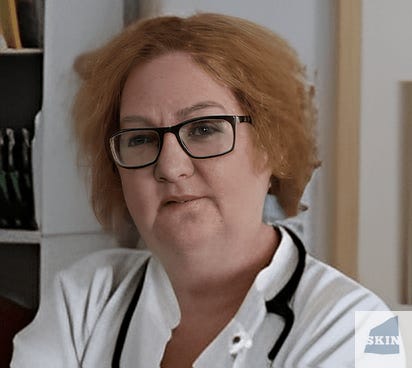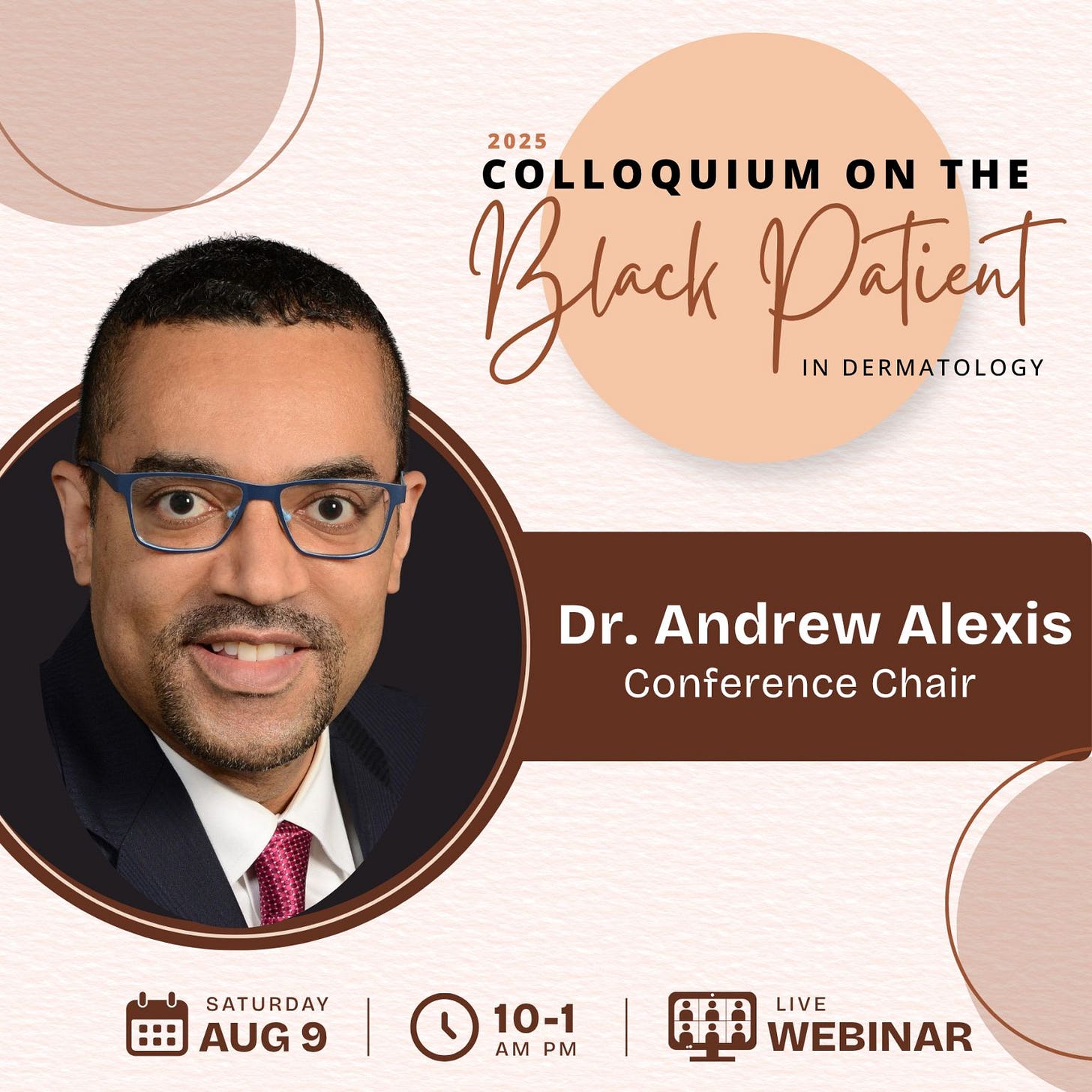HS rates much higher among the Inuit of Greenland
Condition is three times more common, and some treatments may be hard to access on the island (Issue #503, 1,500 words, 8 minutes)
The prevalence of hidradenitis suppurativa in the Inuit population in Greenland is three times that in the rest of the world’s populations, Dr. Lone Storgaard Hove told delegates to the 1st annual Indigenous Skin Spectrum Global Summit on April 5 in Montreal.
Dr. Hove is a specialist in general medicine at Dronning Ingrids Health Center in Nuuk, Greenland and the area head of dermatology in Greenland. She founded the School of Child Eczema (Eksemskolen Kalaallit Nunaat), a travelling school with a focus on parent education in the Inuit population, as well as education of local healthcare personnel in the rural regions of Greenland.
The prevalence rate of HS in the Inuit population in Greenland is 3% as opposed to 1% in the rest of the world’s populations, according to the Global Hidradenitis Suppurativa Atlas (GHiSA), said Dr. Hove. HS is hereditary and affects more women than men in all populations.
Dr. Hove said roughly 68% of her patients have Hurley Stage I disease, the most common severity.
Treatment for Stage I HS typically involves basic skincare and the management of specific or non-specific triggering factors, such as stress, excess weight, diet (especially sugar and carbohydrates), and certain types of medications, including antidepressants. Smoking is a major triggering factor for HS in Greenland, as about 40% of the population smokes. HS is also estrogen-dependent.
Patients are advised to wash daily with mild soap or chlorhexidine (Medi-scrub) and, if necessary, apply a topical clindamycin solution twice daily, said Dr. Hove.
Pharmaceutical treatment options in Greenland are somewhat limited by the country’s public healthcare system’s choices regarding medication selection, said Dr. Hove.
She said plastic surgery is also used for more severe HS, but it is expensive for the healthcare system—patients must be sent abroad for surgery since there are no plastic surgeons in Greenland.
Bottom Line: The prevalence rate of HS in the Inuit population in Greenland is 3%, triple the global average. A high rate of smoking in the population appears to be a significant contributing factor. Some medications may not be available to patients through the public healthcare system, and a lack of plastic surgeons on the island drives up the costs of surgical intervention.
From the literature on hidradenitis suppurativa in skin of colour
Racial differences in disease characteristics of pediatric hidradenitis suppurativa
To better understand the potential racial differences in presentation, severity, and outcomes of pediatric hidradenitis suppurativa (HS) and to deliver equitable and individualized care, researchers conducted a single-centre retrospective analysis of 70 pediatric patients diagnosed with HS.
Within the cohort, 22% more non-Hispanic Black (NHB) patients were classified with advanced stages of HS (Hurley stages 2 and 3) compared to non-Hispanic White (NHW) patients. Similar findings reported that adult NHB patients were more likely to have Hurley stage 3 disease.
Investigators found no statistically significant difference in biologic treatments between NHB patients and NHW patients, although NHW patients received biologic therapy more frequently overall (17.4%) than NHB patients (12.8%).
They conclude that the observed racial differences in pediatric HS highlight the need for further investigation into possible underlying factors contributing to disease heterogeneity and treatment response, thereby optimizing care and patient outcomes.
Management of pediatric acne vulgaris and hidradenitis suppurativa in minoritized and underserved populations
The authors of this paper provide guidance on the management of acne vulgaris (AV) and hidradenitis suppurativa (HS) in youth with skin of colour (SOC) and youth who are transgender and gender diverse (TGD). Both diseases are associated with delayed diagnosis, treatment disparities, and heightened psychosocial burdens in underrepresented groups.
For children with SOC and AV, the authors emphasize the importance of minimizing the risk of post-inflammatory hyperpigmentation and recommend starting lower concentrations of retinoids and cautious selection of oral therapies. In children who are TGD, masculinizing hormone therapy for transmasculine individuals may exacerbate acne, necessitating careful treatment planning.
In HS, early and aggressive therapy is essential to prevent disease progression and scarring. While biologic agents, such as adalimumab, demonstrate efficacy, the authors note that they are underutilized in adolescents. Treatment adherence in both AV and HS can be influenced by systemic barriers to care, highlighting the need for culturally sensitive, multi-disciplinary approaches that address both the dermatologic and psychosocial aspects of care.
Evaluating factors impacting hidradenitis suppurativa disease severity in patients with darker skin types
In this retrospective chart review, researchers evaluate demographics, comorbidities, and pharmacologic treatments in a predominantly Black patient population that underwent surgical treatment for hidradenitis suppurativa (HS) during the period from April 2014 to April 2023 at a regional verified burn center.
Investigators included 31 patients (17 females, 14 males; mean age, 40.9 years), and of those, 29 (93.5%) identified as Black. All study patients had at least one comorbidity. Some 22 patients had obesity, 16 patients were current smokers, three were past smokers, 22 reported alcohol use, and 17 were active marijuana users. Only three patients had a family history of HS.
The data show that HS patients with skin of colour may be more likely to experience anxiety, depression, and gastrointestinal disease than other HS patients. Additionally, the patients had a high prevalence of marijuana use but a lower prevalence of current cigarette use compared to studies conducted in predominantly White HS patient populations, emphasizing the multifactorial nature of HS pathophysiology. Furthermore, despite published research on the efficacy of immunomodulator therapy for HS, most of the HS patients with skin of colour underwent surgical intervention without first attempting biologic treatment regimens, indicating possible gaps in health care access for minority patients that may be impacting disease severity and outcomes.
VIDEO: Skin of Colour Savvy: Hidradenitis Suppurativa Management in Skin of Colour
Birmingham, Ala. dermatologist Tiffany Mayo, MD, Dearborn, Mich. dermatologist Steven Daveluy, MD, and patient advocate Jasmine Ivanna Espy discuss hidradenitis suppurativa in patients with diverse skin types.
At the intersection of skin and society
Statistics Canada has released two new tables of findings from its 2024 survey of First Nations people living off reserve, Métis, and Inuit. The findings indicate that rising consumer prices and extreme weather events have had a significant impact on traditional harvesting practices.
Among Indigenous people, 17% of First Nations people living off reserve, 14% of Métis and 32% of Inuit reported that rising prices limited their ability to hunt, fish, or trap during the past six months because of reasons such as the cost of gasoline, ammunition or equipment.
Land-based food gathering activities as a means of subsistence in the North have also been affected by the high cost of equipment and fuel for shipping and hunting. Among Inuit living in Inuit Nunangat, more than one-half (52%) reported that rising prices limited their ability to hunt, trap or fish. The share of Inuit living outside Inuit Nunangat was significantly lower (12%).
Indigenous people who had experienced an extreme weather event or natural disaster were asked to report on any long-term impacts they had observed. One in 10 First Nations people living off reserve (10%) reported a loss of contact with family or friends. This proportion was slightly higher among Métis (14%).
Many Inuit cited an extreme weather event or natural disaster as negatively affecting their ability to engage in land-based activities. For Inuit, the inability to hunt, fish, trap, or gather wild plants (17%) was reported most frequently as a long-term impact.
This week
July 23 is World Sjögren's Day
July 25 is International Day for Women and Girls of African Descent
July 26 is National Disability Independence Day in the U.S.
Something to think about in the week ahead . . .
—Adam Clayton, (1960 – present), Irish musician, U2
Register now for the Colloquium on the Black Patient in Dermatology
The 4th Annual Colloquium on the Black Patient in Dermatology will be held virtually on Aug. 9, 2025, from 10:00 a.m. to 1:00 p.m. EST. Physicians and other health professionals are invited to attend the program that will explore clinical education, research updates, and treatment considerations specific to Fitzpatrick Skin Types V and VI.
Dr. Andrew Alexis, Vice Chair for Diversity and Inclusion in Dermatology at Weill Cornell Medicine and a leading voice in skin of colour dermatology, chairs this year’s Colloquium.
What to Expect
The Dr. Mercy Alexis Memorial Keynote Lecture, delivered by Dr. Amy McMichael of Winston-Salem, N.C. This inspiring keynote honouring the legacy of Dr. Mercy Alexis, spotlights critical conversations in advancing health equity in dermatology.
Real-World Diagnostic Pearls. Gain practical, case-based strategies for diagnosing common and complex skin conditions in richly pigmented skin, with insights you can immediately apply.
Inclusive and Equitable Practice Models. Explore real-world practices that advance equity and cultural competence, helping physicians better communicate with patients, reduce bias, and improve outcomes.
Research & the Road Ahead. Gain practical insight into how thoughtful approaches to skin tone can enhance clinical care and strengthen research in dermatology.
Next week
A new review examines the literature from the past two decades in which lasers were used to treat acne vulgaris in diverse skin types.
If you enjoy Skin Spectrum Weekly, why not check out the Chronicle’s other publications, podcasts, and portals?
Established in 1995, The Chronicle of Skin & Allergy is a scientific newspaper providing news and information on practical therapeutics and clinical progress in dermatologic medicine. The latest issue features:
Dr. Justine Meryem Safoine (Montreal) discusses new treatment options for pediatric dermatology.
Drs. Ashley O’Toole (Peterborough, Ont), Michel Martinka (Calgary), Benjamin Barankin (Toronto), and Feras Ghazawi (Ottawa) review the current state of JAK inhibitors in dermatology.
Drs. Michel Martinka (Calgary), Ashley O’Toole (Peterborough, Ont), Sheetal Sapra (Oakville, Ont), and Monica K. Li (Vancouver) provide an update on what’s new in cosmetic dermatology in 2025.
Plus regular features, including the popular column “Vender on Psoriasis” by dermatologist Dr. Ron Vender.
You can read a recent digital edition of The Chronicle of Skin & Allergy here. To apply for a complimentary subscription or to request a sample copy, please email health@chronicle.org with your contact information.
The Women in Dermatology e-newsletter updates readers with new findings concerning dermatologic issues affecting women and the female dermatologists who care for them. Read the current issue here.
Season three of the Vender on Psoriasis podcast, featuring Dr. Ron Vender, has begun. Listen to the new season here. In episode five, Dr. Vender discusses whether vitamin D influences the severity of psoriasis, sex differences in psoriatic inflammation and itch, and the risk of psychiatric disorders associated with acitretin.
And if you’re looking for a web destination for all things derm, visit derm.city, “Where Dermatology Lives.” Please like, rate, review, and share it with your colleagues.









